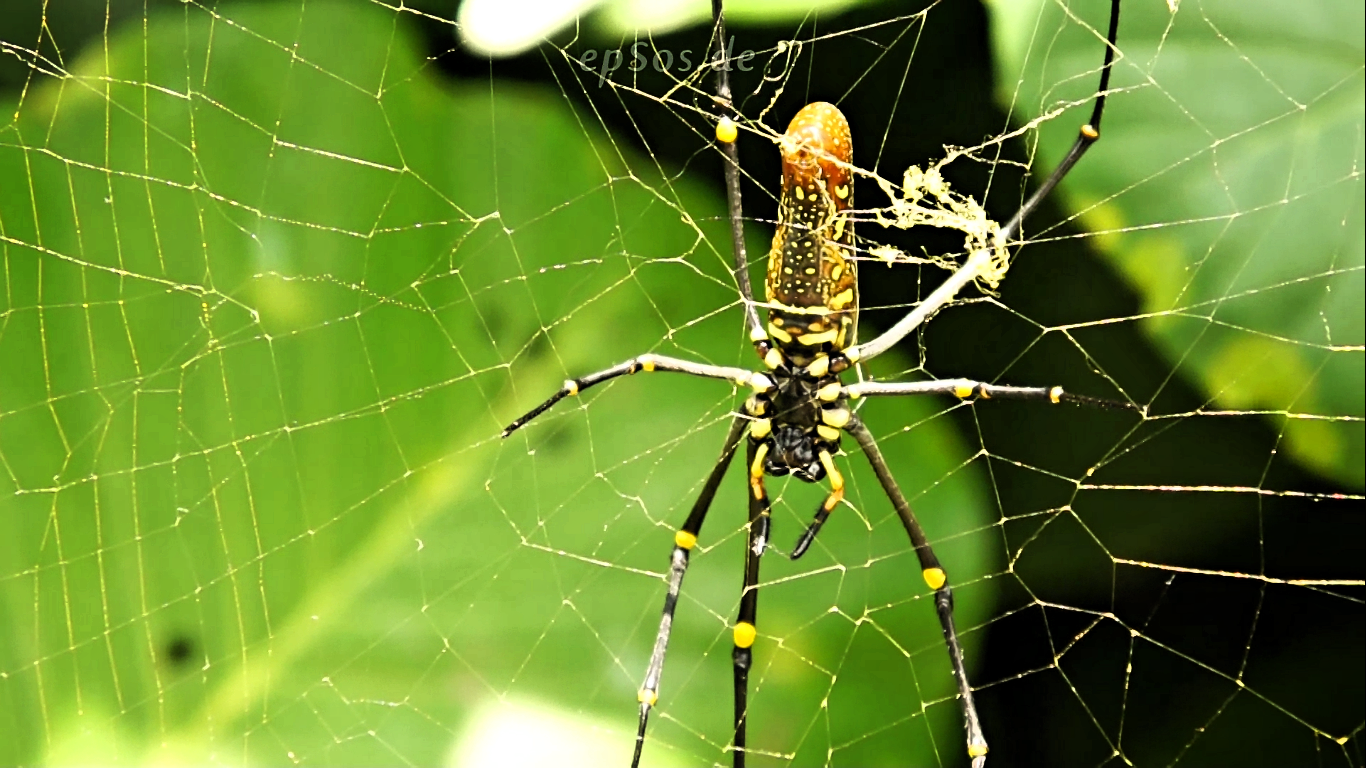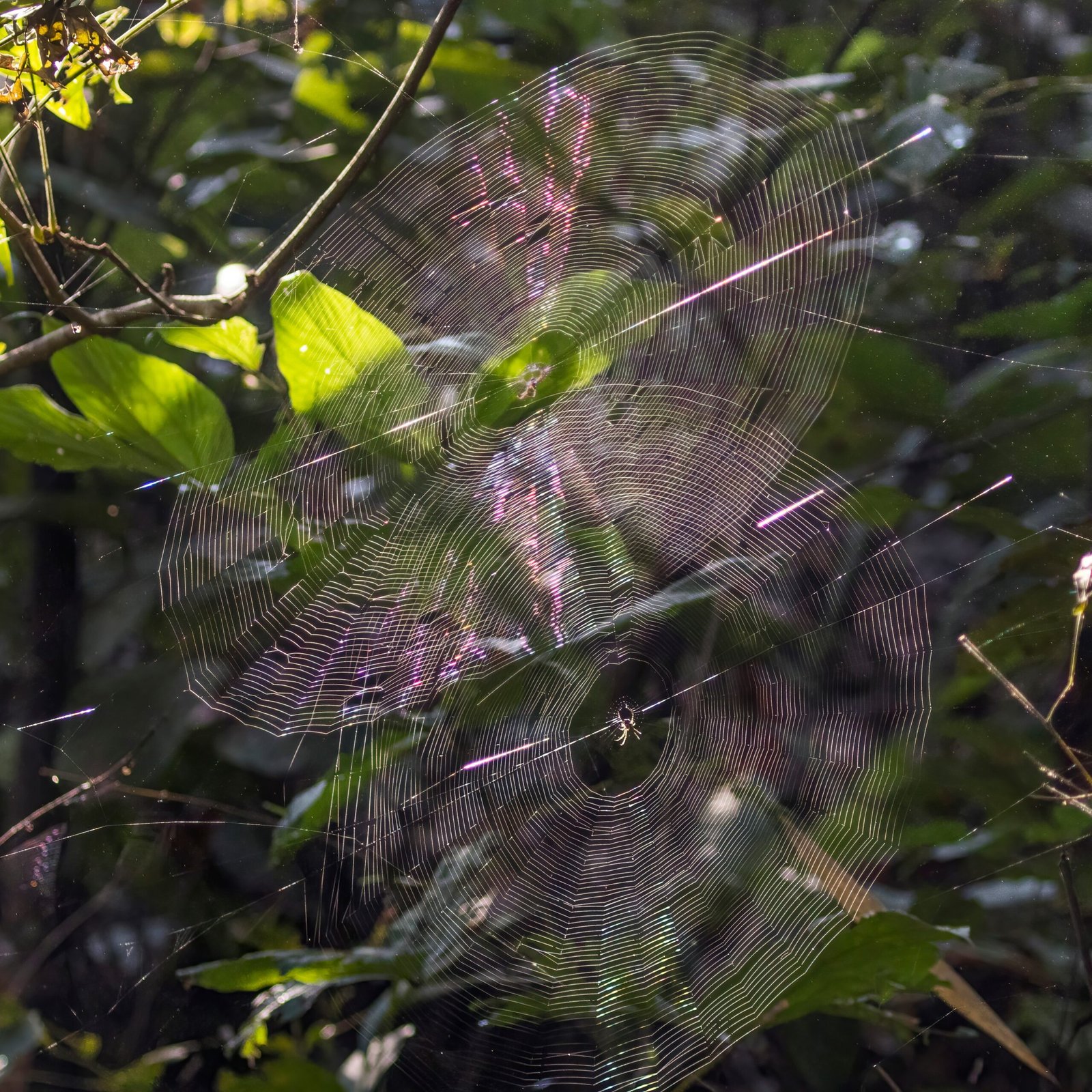Have you ever paused in awe at a glistening spider web stretched between branches after a morning rain? There’s something magical about these delicate, silvery threads catching the light, almost as if nature herself were weaving a secret code. But behind this beauty lies a story of survival, engineering, and scientific wonder — a tale that weaves together biology, physics, and a touch of the extraordinary. Spider webs, often overlooked, are not just traps for the unwary fly; they are living blueprints of evolutionary genius, shaped by millions of years of trial and error. What if the answers to some of our toughest engineering problems were hiding in plain sight, strung between fence posts and tree limbs?
The Spider’s Silk: Nature’s Marvelous Material
Spider silk defies imagination. Although it looks fragile, its strength is legendary — ounce for ounce, it’s tougher than steel and more elastic than nylon. This isn’t just a poetic comparison: scientists have measured how a single strand of spider silk can absorb huge amounts of energy before breaking. Imagine a material so light you can barely see it, yet so strong it could stop a speeding insect in its tracks. This silk is made from proteins spun by the spider, arranged in intricate molecular patterns that give it both flexibility and strength. Each type of silk, from sticky capture threads to rigid anchor lines, is tailored for a specific job, making it a true wonder of biological engineering.
Blueprints in Nature: The Engineering of a Web
Building a web is no random act. Spiders perform a choreographed sequence, starting with a bridge line and then adding radial and spiral threads. The spider’s tiny legs measure, test, and adjust each strand, creating a structure optimized for strength and efficiency. Remarkably, different species use different designs — from classic orb webs to tangled cobwebs or funnel shapes. Each blueprint is a response to the spider’s environment and hunting strategy, displaying a level of architectural skill that would make any engineer envious. The web’s shape and pattern aren’t just pretty; they’re the result of precise calculations that balance materials, tension, and function.
The Physics Behind the Silken Threads

What happens when a fly crashes into a web? It’s a dramatic collision of forces, and the web responds in surprising ways. Spider silk stretches instead of snapping, absorbing the kinetic energy of the struggling insect. This elasticity means the web can handle multiple impacts without breaking apart. The spiral threads are sticky, slowing down prey, while the non-sticky radial threads provide support. The entire structure distributes force so efficiently that the spider can feel even the lightest vibration, alerting it to dinner or danger. Physics and biology dance together here, showing how evolution has solved complex engineering puzzles.
Evolution’s Masterstroke: Adaptation and Innovation

Spiders didn’t always spin webs like the ones we see today. Through countless generations, they experimented — sometimes failing, sometimes succeeding — with new designs and materials. Over time, natural selection favored those whose webs captured more food or lasted longer. This evolutionary pressure led to incredible diversity: some spiders specialized in horizontal sheets to catch jumping insects, while others spun vertical orbs perfect for intercepting flying prey. The spider web is a living example of adaptation, where every thread and pattern tells a story of survival and innovation.
The Role of Webs in Survival and Communication
A spider’s web isn’t just a hunting tool. It’s also a safe haven, a nursery for eggs, and even a way to communicate. Some species use vibrations along the threads to signal to potential mates or warn rivals to stay away. Others construct special signal lines that alert them to the presence of prey or predators. The web becomes an extension of the spider’s senses, allowing it to “feel” the world even when hidden from view. In some cases, brightly colored webs can even deter birds or attract pollinators, adding another layer of complexity to this natural masterpiece.
The Chemistry of Silk Production

Inside a spider’s body, silk begins as a liquid protein soup. When the spider decides to spin, it draws this liquid through specialized glands, where it transforms into solid threads. This process happens at room temperature and with minimal energy — a feat chemists and engineers still struggle to replicate. The exact recipe varies by species, with some spiders able to produce multiple kinds of silk for different tasks. The chemistry involved is so complex and efficient that it has inspired research into creating artificial silk for use in medicine, textiles, and even bulletproof vests.
Spider Webs as Inspiration for Human Technology
The secrets of spider silk have not gone unnoticed by scientists and inventors. Engineers study web designs to create better bridges, stronger fabrics, and flexible medical implants. The unique combination of strength and stretchiness makes spider silk a dream material for everything from biodegradable sutures to advanced body armor. Even the way webs absorb shock has influenced the design of earthquake-resistant buildings. Spider webs are a shining example of how nature’s solutions can inspire human innovation, pushing the boundaries of what’s possible.
Webs Across the World: Diversity and Wonder
Travel from rainforests to deserts, and you’ll find webs in shapes and sizes that boggle the mind. The giant orb webs of golden silk orb-weavers can span several feet, while tiny sheet webs blanket the ground in shimmering carpets. Some spiders weave communal webs, sheltering hundreds together, while others prefer solitary splendor. Each web reflects the challenges and opportunities of its environment — a living testament to creativity and resilience. The sheer diversity of web designs reminds us that there’s no single “right” way to solve a problem in nature.
Stories and Superstitions: The Spider Web in Culture

For centuries, humans have been fascinated by spider webs, weaving them into myths, legends, and art. In some cultures, webs symbolize creation and fate, their intricate patterns reflecting the complexity of life itself. Others see them as symbols of patience and persistence, reminding us that even the smallest creature can achieve great things with time and effort. Stories abound of webs saving lives, guiding lost travelers, or even acting as omens. Whether revered or feared, the spider web has always held a special place in our imagination.
Facing the Future: Learning from the Masters of the Web

As we face new challenges — from building sustainable materials to engineering disaster-proof structures — the spider web offers lessons in resilience, efficiency, and ingenuity. Scientists continue to unlock its secrets, hoping to harness its power for the benefit of humanity. Perhaps the next leap in technology will come not from a laboratory, but from the quiet genius of a spider spinning in the corner of a garden. The mystery and mastery of the spider web remind us to look closer, to marvel, and to learn from the wonders that surround us every day.



